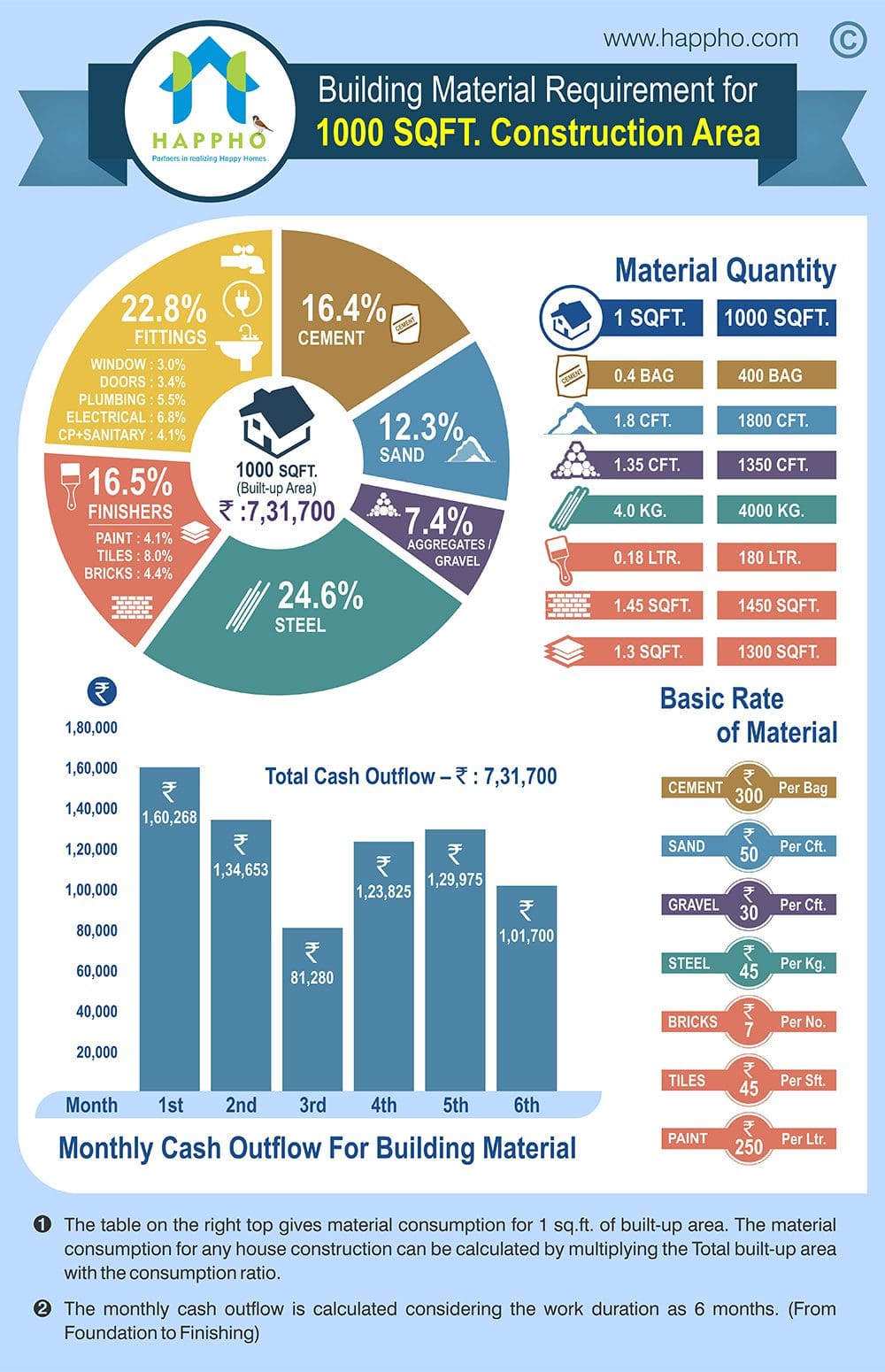Check Out The Impact Of Seasonal Aspects On The Efficiency Of Commercial Exterior Paint And Identify The Ideal Times To Attain Long-Lasting Results For Your Project
Check Out The Impact Of Seasonal Aspects On The Efficiency Of Commercial Exterior Paint And Identify The Ideal Times To Attain Long-Lasting Results For Your Project
Blog Article
Author-Korsholm Skafte
When you're intending a commercial outside painting project, seasonal variables can make or damage your results. You'll intend to consider exactly how temperature level and humidity effect paint application and drying out times. Picking house painting estimate can ensure your paint adheres effectively and lasts much longer. However which periods are genuinely the best for this type of work? Let's check out the crucial elements that can affect your task's success.
The Impact of Temperature on Paint Application
When you're planning an industrial outside paint task, the temperature can dramatically affect just how well the paint sticks and dries out.
Preferably, you want to paint when temperatures vary between 50 ° F and 85 ° F. If it's also chilly, the paint might not treat appropriately, leading to issues like peeling or breaking.
On the flip side, if it's as well warm, the paint can dry also swiftly, preventing appropriate bond and leading to an unequal surface.
You must also take into consideration the time of day; morning or late afternoon uses cooler temperatures, which can be a lot more favorable.
Constantly examine the maker's recommendations for the specific paint you're utilizing, as they usually offer assistance on the excellent temperature range for ideal outcomes.
Humidity and Its Effect on Drying Times
Temperature level isn't the only ecological factor that affects your commercial outside painting task; humidity plays a significant duty also. High humidity levels can reduce drying out times significantly, impacting the general high quality of your paint task.
When the air is saturated with dampness, the paint takes longer to cure, which can result in concerns like bad adhesion and a greater risk of mildew development. If you're repainting on a particularly humid day, be gotten ready for extended wait times in between layers.
It's important to monitor neighborhood weather conditions and plan appropriately. Preferably, aim for humidity degrees in between 40% and 70% for optimum drying out.
Keeping these factors in mind ensures your project stays on track and delivers a lasting surface.
Best Seasons for Commercial Exterior Paint Projects
What's the best season for your industrial external painting projects?
Springtime and early fall are usually your best bets. Throughout these periods, temperatures are light, and humidity degrees are usually reduced, creating ideal problems for paint application and drying.
Prevent summertime's intense heat, which can create paint to dry too rapidly, bring about bad attachment and finish. Likewise, winter season's chilly temperature levels can prevent appropriate drying and curing, taking the chance of the durability of your paint job.
Aim for days with temperature levels in between 50 ° F and 85 ° F for ideal results. Remember to examine the regional weather prediction for rain, as damp conditions can ruin your task.
Planning around these factors guarantees your paint project runs efficiently and lasts much longer.
Verdict
To conclude, planning your business outside paint jobs around seasonal considerations can make a substantial difference in the outcome. By organizing straitline construction throughout the optimal temperature levels and humidity levels, you'll make sure better attachment and drying times. Keep in mind to watch on regional weather forecasts and pick the correct time of year-- springtime and early loss are your best choices. Taking these actions will certainly assist you attain a durable and professional finish that lasts.
